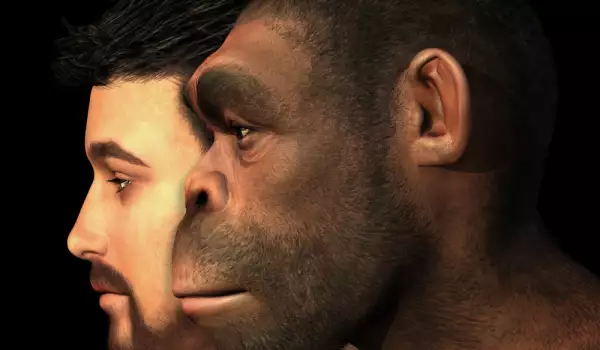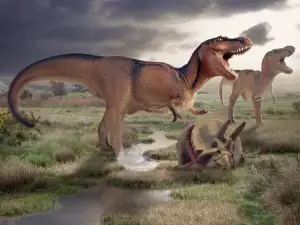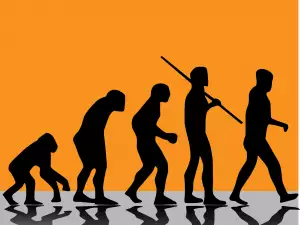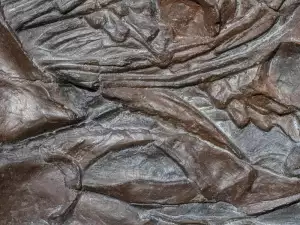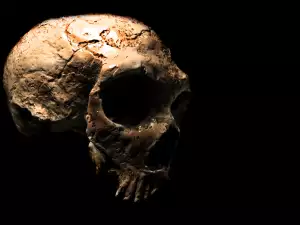Hundreds of bones of a human ancestor unknown to science until now have been uncovered in South Africa. The find was discovered in a hard-to-access cave and ushers in new questions regarding the theory of human evolution.
Man's newly found ancestor has been categorized to an entirely new species called Homo naledi, in honor of the cave complex in which it was discovered - Dinaledi. The skeleton possesses characteristic traits of various predecessors.
Anatomically, the pelvis and shoulder bones are reminiscent of Australopithecus, who probably evolved about 4 million years ago. The structure of the foot is the same as in modern humans, with the difference being that the South African hominid walked upright. But the brain of Homo naledi was 2 times smaller than that of Homo sapiens.
The enigmatic creature was unearthed in a cave 28 mi (45 km) from Johannesburg. Head of the expedition, which began in 2013, is anthropologist Lee Berger.
He says that for the past 2 years, he and his colleagues have found a little over 1550 bones belonging to 15 ancient human predecessors.
The skeleton of Homo naledi poses 2 main questions to scientists - what is the age of the find and why was it unearthed in a difficult to reach cave?
Initial theories are that Homo naledi lived about 3 million years ago. But its features reflect distinct stages of human evolution and it's difficult to determine their exact age.
If it turns out that the skeleton is in fact younger, Homo naledi will turn into a one-of-a-kind example of a creature that has managed to preserve the primitive characteristics of its ancestors for hundreds of thousands of years.
The scientific community also faces the question of why the ancient bones ended up in a cave reachable through a 7″ (17 cm) opening. According to one theory, Homo naledi buried their dead, possible proof that even our primitive ancestors took part in ritualistic behavior.
The bones may have also been discarded by another representative of Homo, living thousands of years later.
